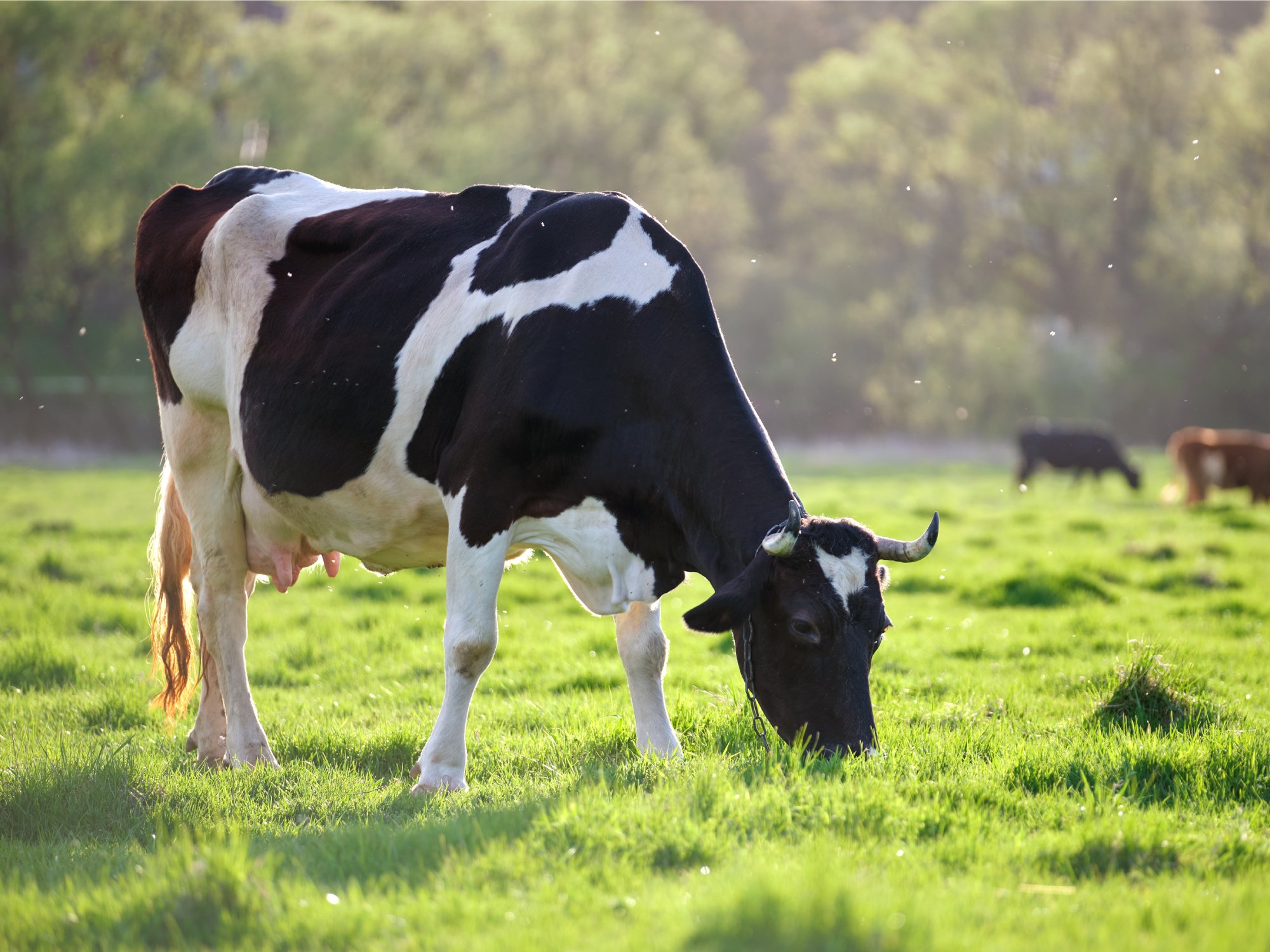Livestock farmers know that a well-balanced forage diet is essential for maintaining healthy and productive animals. The plants your animals graze on play a massive role in their nutrition, health, and overall performance. Understanding the common types of grazing plants and their benefits can help you make informed decisions when managing your pastures. Whether you’re just getting started or looking to refine your approach, this guide breaks down the primary plant types and offers practical tips on recognizing them in the field.
The Value of Grasses in Pastures
Grasses, the backbone of most forage diets, deliver the energy and fiber that livestock need for digestion and energy production. Species like Kentucky bluegrass, orchardgrass, and fescues are popular because they thrive under various conditions and offer consistent growth. For instance, orchardgrass grows well in cool climates and provides excellent nutrition for cattle.
Since grasses grow quickly and recover after grazing, they’re an essential part of grazing systems. Rotational grazing helps to optimize grass productivity, preventing overgrazing and promoting regrowth.
Legumes Pack a Nutritional Punch
Legumes, such as clover and alfalfa, provide more protein and nutrients than grasses. They benefit livestock by enhancing muscle development and milk production, particularly in dairy cows. Clover, with its rich protein content, complements other forages, making it a valuable addition to pasture systems. What’s more, legumes fix nitrogen in the soil through a natural process, enhancing soil fertility and reducing the need for synthetic fertilizers.
However, farmers should watch out for bloat in livestock, especially when the animals consume large amounts of certain legumes like alfalfa. Moderating legume intake or mixing them with grasses can minimize these risks.
Forbs Offer Variety and Nutritional Diversity
Forbs, including plants like chicory and plantain, often complement grasses and legumes in pastures. These broad-leaved plants enhance the diet with vitamins, minerals, and additional nutrients. Chicory, for example, is a powerhouse of minerals like zinc and manganese, which support immune function and overall animal health.
Forbs can also improve soil health with their deep-rooted systems, which reduce soil compaction and increase water retention. To identify forbs in your pastures, look for their tell-tale broad leaves when compared to the thinner blades of grasses.
Nutritional Benefits and Risks
While each plant type offers unique benefits, it’s crucial to balance forage diets to avoid potential issues. Grasses with high sugar content may lead to laminitis in some animals while overloading on legumes increases the risk of bloat.
Diversifying your pastures helps to balance nutrient intake and minimizes risks. Bear in mind that hay and forage plants offer different benefits, so offering a mix of forage types helps keep livestock in better condition throughout the year.
Spot and Manage Grazing Plants
Recognizing the plants in your fields doesn’t have to be complicated. Grasses form dense swards and have narrow leaves, while legumes typically feature flowers and trifoliate leaves. Forbs stand apart with their wider leaves and unique textures. Regularly monitor your pastures to track the health and ratio of these plant types, and act quickly to manage invasive species that might compete with these beneficial plants.
The diversity of grazing plants in your pastures plays a direct role in your livestock’s health and productivity. By managing your pastures and balancing the contributions of grasses, legumes, and forbs, you’ll set up your animals for success. With the right approach, your pastures can sustain a forage diet that promotes healthy, thriving livestock. Keep a close eye on your fields, adapt as needed, and maximize the benefits of what nature offers.
Texas Outdoors
Latest posts by Texas Outdoors (see all)
- Common Grazing Plants Found in Forage Diets – June 9, 2025
- How To Choose the Right Cowboy Boot for Any Terrain – June 9, 2025
- Insightful Tips for Caring for Your Mountaineering Boots – June 9, 2025

Leave a Reply